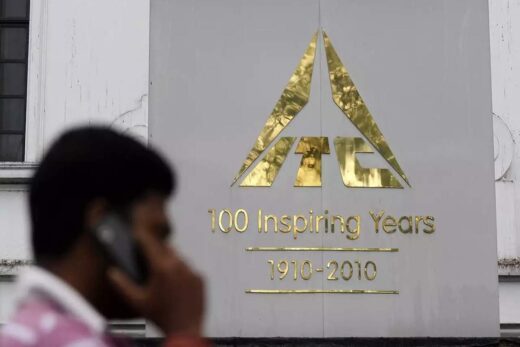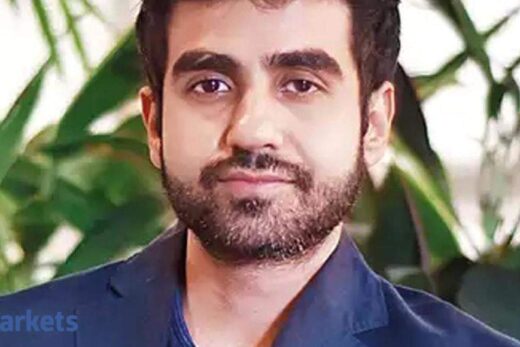For MSMEs, small-scale sector and NBFCs, they did partial credit guarantee schemes worth Rs 1 Lakh crore, lending with no collateral for SMEs, MSMEs up to Rs 3 lakh with central government guaranteed. Credit growth has been negative this financial year, if we remove the Rs 2 lakh of credit out of the Rs 3 lakh guaranteed by the government. However, the corporate bond market disbursed Rs 4.4 lakh crore during April-October 2020 versus Rs 3.5 lakh crore last year.
Good quality companies borrowed from the bond market due to an arbitrage of 100 to 300 basis points over bank funding rates. We saw record outflow from debt markets to the tune of $14 billion, as interest rates fell by 100 basis points and CPI inflation remained high. FIIs did book profit on debt and invested $119 billion in the Chinese debt market. By the end of the year, we have a farmer protest. The contours of a settlement with them will be keenly watched due to its probable impact on food price inflation.
Crystal-grazing into 2021
CPI inflation is expected to come down in the coming months, as vegetables prices drop on arrival of Rabi crops in the market. However, protein items like egg, meat and fish will continue to exert pressure on CPI inflation. Commodity prices continue to rally strongly due to the ease of money policies in advanced economies and expectation of a V-shaped recovery after the arrival of Covid vaccine.
However, the credit environment remains challenging. This pandemic is creating an oligopoly in many industries to the detriment of certain players. Weaker companies are facing problems. In the Indian context, it is creating problems for small entrepreneurs, MSME. There has been some 1 crore job loss during this pandemic.
This will put pressure on the government to continue with its higher fiscal deficit for the next financial year also, necessitating the borrowing of Rs 10 lakh crore from the market. This explains why India is being seen as an outlier in the world economy in terms of high CPI inflation, as the industry moves towards an oligopolistic structure and social distancing/ reduced competition leads to higher mark up in food prices.
RBI and the government are expected to prioritise growth over CPI inflation. RBI says it will continue accommodative monetary policy this financial year and the next. Given the expectation of a pickup in growth in the coming months, we can expect RBI to sit pat on interest rates. This means carry-income and steepness of the yield curve will be important contributors of returns next financial year.
However, as stated above, many players in the economy are struggling, and that makes it difficult to take credit calls in these uncertain times. Most companies are getting the benefit of headwinds of easy monetary policy and government support globally.
The stronger players are going for very loose covenant or no covenant, when they are borrowing. The spread for buying AA-rated assets over G-sec has come down from 400 basis points to 150 basis points. The scope for spread compression and risk-returns payoff from these levels are tilting in favour of good quality papers.
We expect next year to be a low-return environment for fixed income investors. We expect 10-year yields to move above 6 per cent next financial year. However, investors need to be cautious and should not get carried away to take undue risks in credit funds or funds that invest in lower quality papers to enhance returns. Investors should stay invested in short-term bond funds, banking and PSU funds to get carry income and rollover benefits on their investments as long as their investment horizon exceeds six months. Money with one to three months horizon can be invested in money market funds and those with three to six-month horizon can go into low duration funds.
(Murthy Nagarajan is the Head of Fixed Income at Tata Asset Management. Views are his own)



